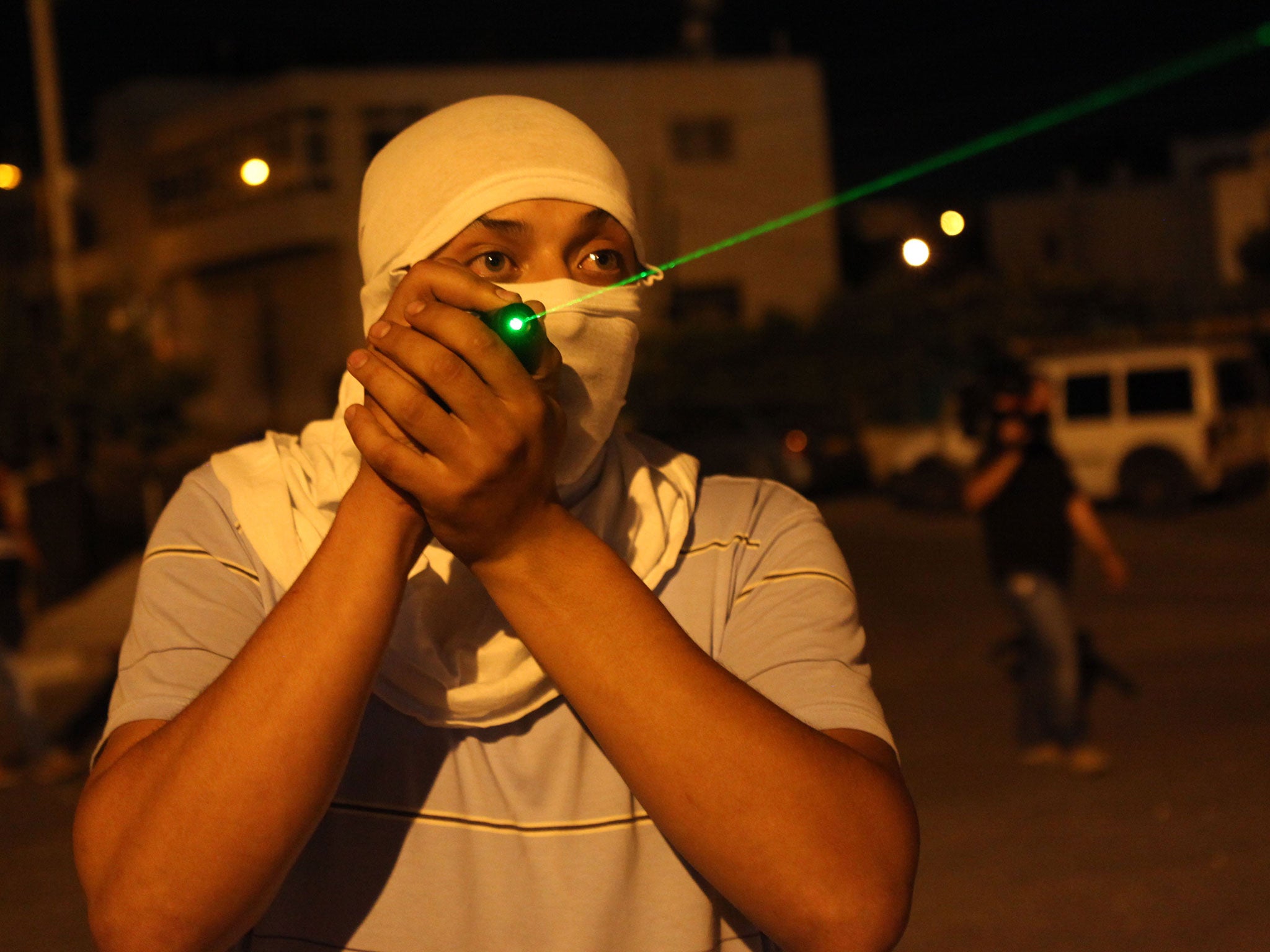Laser pointers used against pilots: Mis-sold devices have potential for great harm
For pilots, hazard comes even without eye damage - a bright light can cause a distraction during crucial parts of a flight

Lasers are rapidly getting cheaper, smaller and better. But concern is growing over the safe use of small, battery-powered hand-held lasers, with thousands of incidents now happening every year of aircraft pilots being targeted from the ground, with some suffering serious eye damage.
Our eyes are highly developed to see in great detail and also in very low light, but these very qualities make them vulnerable to damage from light. Lasers are classified according to whether they present a danger to the eye, with classes 1 and 2 being safe in normal use. At low power, less than a thousandth of a Watt or 1mW, laser pointers are useful and bright but still safe. Current laser technology can easily produce hundreds or even 1,000 times the safe limit in a battery-powered hand-held device, which can be dangerous even at a large distance.
A laser pointer may seem like a harmless toy, but with too much power it has the potential to do serious harm from afar. Unfortunately, there are far too many incorrectly labelled lasers easily available at low prices. A study in the US found 90 per cent of green laser pointers tested did not comply with federal regulations.
I have measured many blue and green laser pointers from online retailers sold as 1mW or less, but actually producing 20, 50 or even 100 times that safe limit. In fact, there is an incentive for small retailers in an online marketplace to provide too much power. Customer reviews are vital, and there are many more customers who are likely to give bad feedback if the laser seems too dim than there are expert customers who both know the regulations and are able to measure laser power accurately.
Both the US FDA and the EU are trying to remove hazardous lasers from sale, but regulation and enforcement will need to be matched by a public willingness to understand the level of risk.
To harm your eye the laser needs to shine through the pupil, which highlights the most difficult part of raising safety awareness. Your pupil is a very small area and so a beam shining around a room is very unlikely to hit exactly that spot. Most of the time nothing happens, but if it does, the result can be life changing.
For pilots, hazard comes even without eye damage. A bright light can cause a distraction during crucial parts of a flight. Some safety specialists offer glasses which can block the most common laser colours, but this can also change how the cockpit controls look to the pilot.
Dr William Wadsworth is Reader at the Department of Physics at Bath University. A version of this first appeared on theconversation.com
Join our commenting forum
Join thought-provoking conversations, follow other Independent readers and see their replies
1Comments